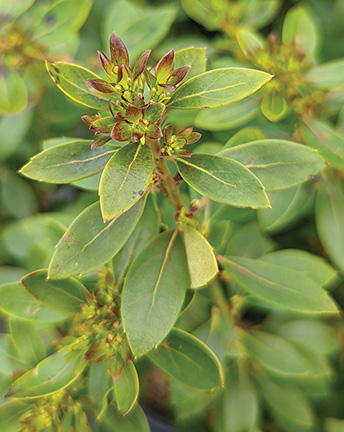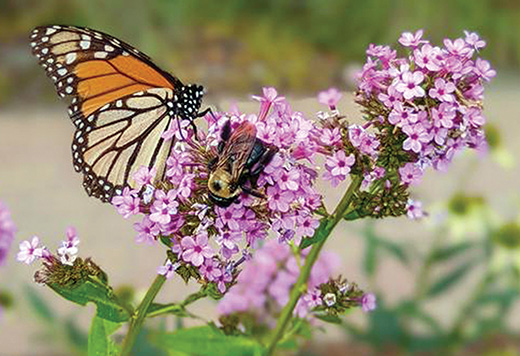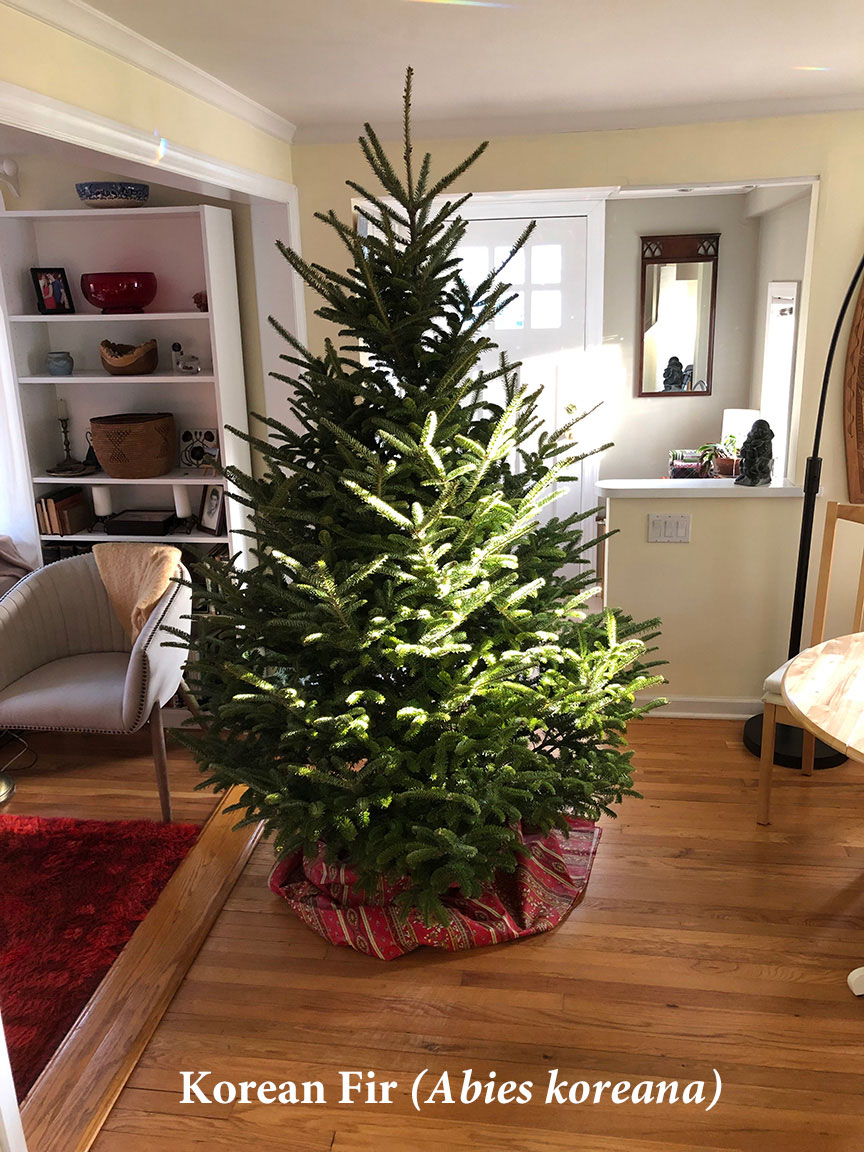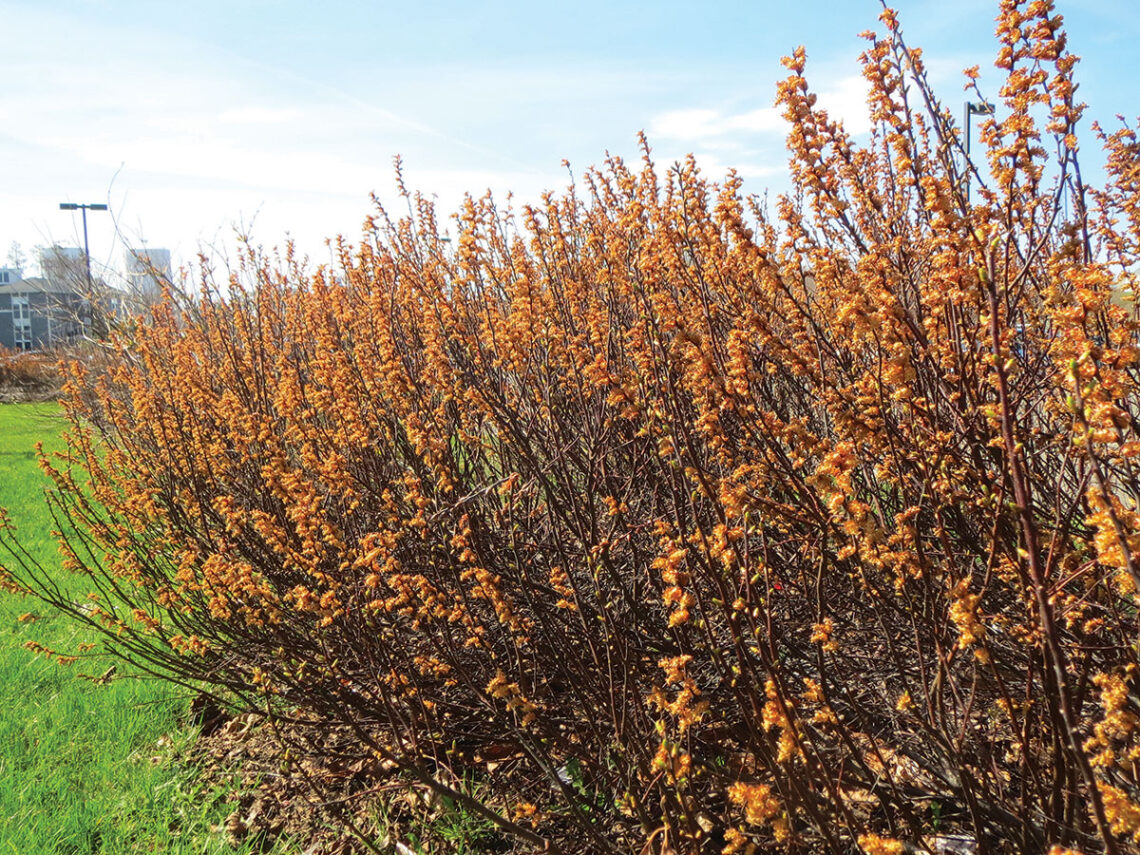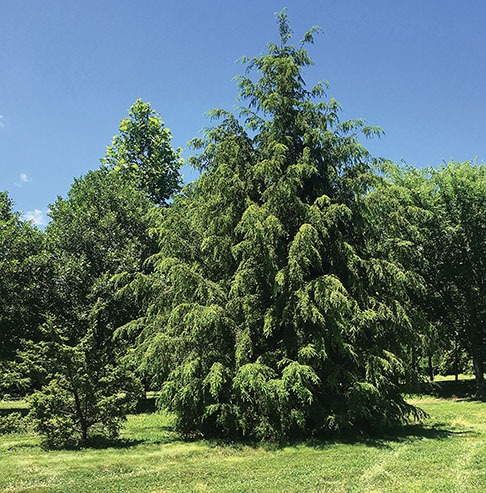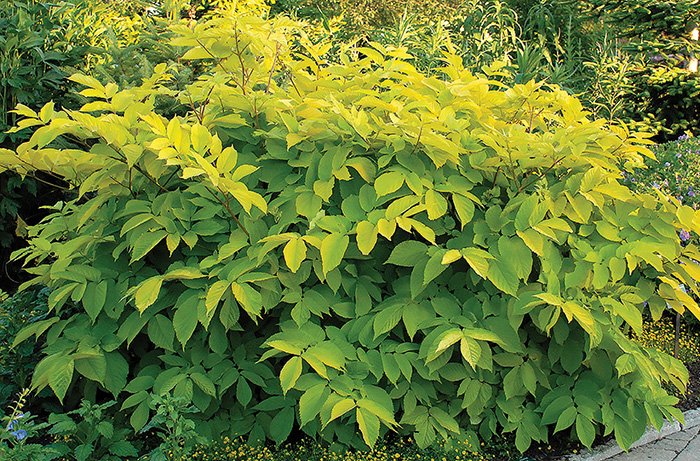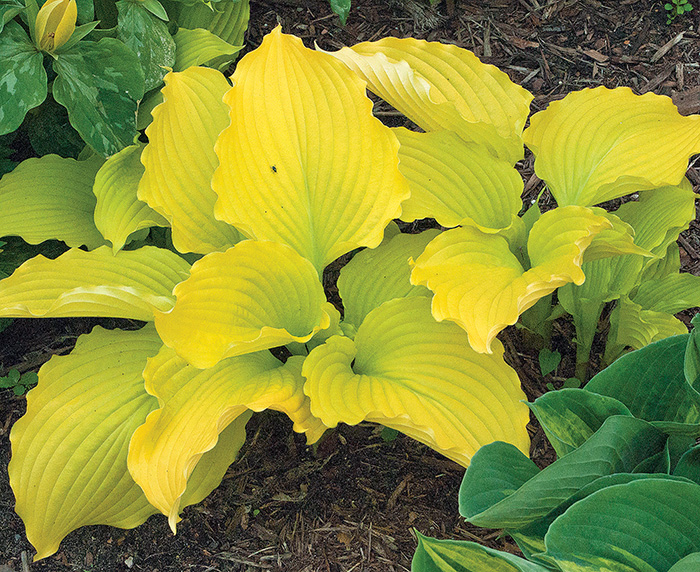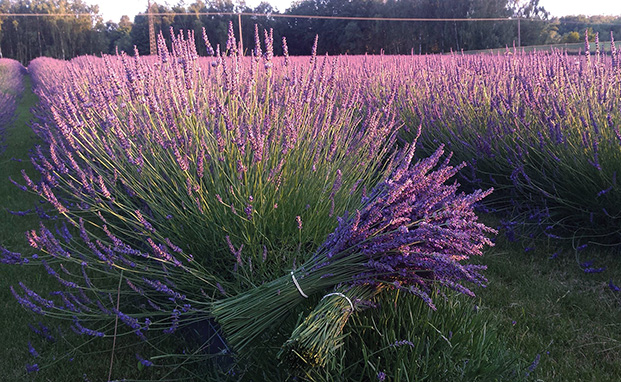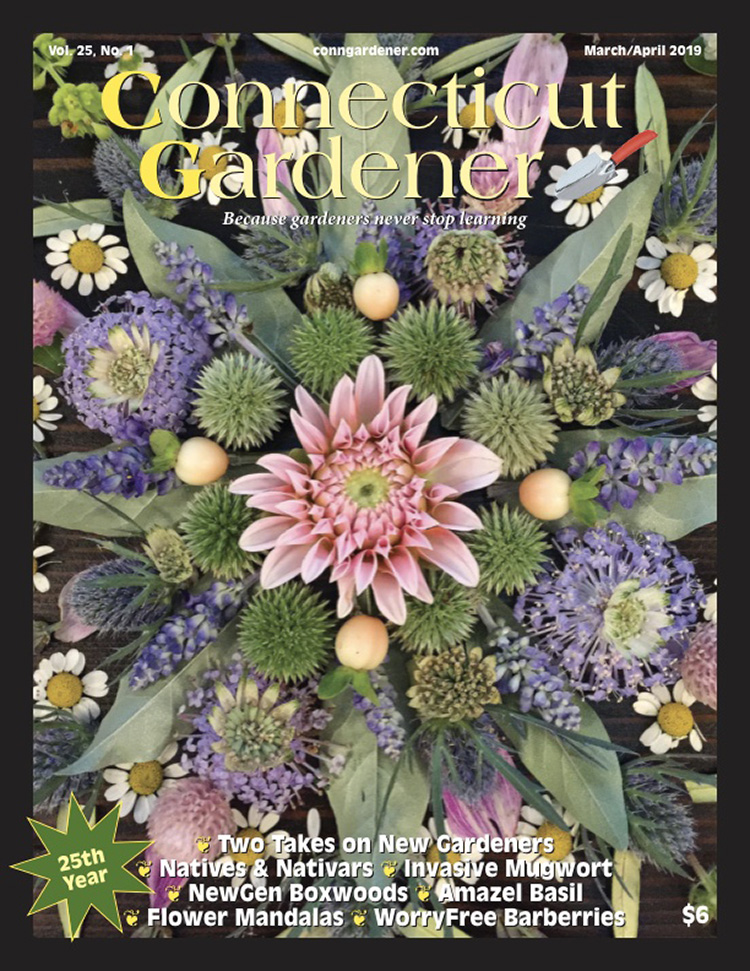By Michael Dirr Ilex glabra, inkberry or gallberry, one of best native broadleaf evergreen shrubs, is used extensively in contemporary landscapes from Maine to Georgia and throughout the Midwest. The native range extends from Nova Scotia to Maine, south along the coast to Florida and west to Texas. According to the Florida Native Plant Society, the species grows in low flatwoods, seeps, coastal swales, bogs and sinks. I observed the species in wet areas on Cape Cod where it formed suckering colonies and in low flatwoods in the Okefenokee Swamp in South Georgia. Bonnie and I were hiking In the Okefenokee through thickets of this and Aronia arbutifolia and all…
-
-
Phlox paniculata ‘Jeana’
Phlox paniculata ‘Jeana’ is the Perennial Plant Association’s Perennial Plant of the Year for 2024. ‘Jeana’ was named for Jeana Prewitt who found it growing along the Harpeth River near Nashville, Tenn. Featured photo courtesy of Prides Corner Farms (pridescorner.com) “I love Phlox paniculata ‘Jeana’ and it is my go-to variety in my garden designs,” says Nancy DuBrule Clemente from Natureworks in Northford, a longtime friend of the magazine. “It does attract tons of pollinators, especially tiger swallowtail butterflies galore. If you deadhead it, it blooms and blooms. It really is superior. The panicles are longer and more pointed which makes it distinctive.” It’s resistant to Powdery Mildew and makes…
-
Growing Cannabis in Connecticut – Part I
By Bryan Connolly By now you’ve probably heard a lot about Cannabis in Connecticut. As of July 1, 2022, it is legal to possess up to 1.5 ounces of THC Cannabis on your person and up to 5 ounces in your house in the state. Additionally, on Jan 10, 2023, dispensaries opened for legal sale to individuals over 21 for recreational use. For gardeners the exciting part is yet to come. On July 1, 2023, adults over 21 will be allowed to cultivate 6 THC Cannabis plants in their homes. This article will introduce the plant and the laws on its cultivation. Part 2 will appear in a subsequent issue…
-
Christmas Trees & Conifers for a Changing Climate
By Richard S. Cowles Six years ago, Dr. Richard (Dick) Jaynes wrote a splendid article “All About Christmas Trees,” for Connecticut Gardener (Vol. 21, No. 5, pp. 2-5). In that article, he described the basics on how Christmas trees are grown in our state. This article can be considered an update; in it, I will explain what changes are likely to take place in the species being grown and why these changes are necessary. This information may also be useful for gardeners who wish to know which species of conifers are suitable for planting in their landscape, and provides guidance regarding the various diseases, insects, and mites affecting these species…
-
UConn Unveils NativeStar® Trademark
By Anna Zarra Aldrich, CAHNR The University of Connecticut, in collaboration with researchers in the College of Agriculture, Health and Natural Resources (CAHNR), have established a trademark for improved cultivars of novel, native plant species. Professor of plant breeding and horticulture Mark Brand and associate professor of horticulture Jessica Lubell-Brand have been developing new cultivars for years, making more attractive and manageable plants for landscaping in Connecticut and areas with similar climates. These plants will be marketed under the NativeStar® trademark. The NativeStar® trademark is inspired by the fact that all of its plants are native to the northeast region of the United States, and because they have demonstrated to…
-
Traveler – Adelgid Resistant Hemlock
By Kim Kaplan A first-of-its-kind hybrid hemlock, which is not vulnerable to the insect hemlock woolly adelgid, has been developed by the Agricultural Research Service’s (ARS) U.S. National Arboretum. Traveler, as the new variety is named, is a cross between the Chinese hemlock (Tsuga chinensis) and the native Carolina hemlock (Tsuga caroliniana). The new tree has the native hemlock’s handsome symmetrical evergreen growth habit with slightly weeping branches. It has a moderately slow growth rate and produces large cones. But its most important characteristic is the ability to survive attack from the hemlock woolly adelgid. “We’ve had trials of Traveler growing since 2000, and we haven’t seen any damage from…
-
2020 Perennial Plant of the Year
The Perennial Plant Association’s 2020 Perennial Plant of the Year is Aralia cordata ‘Sun King’ (Golden Japanese spikenard). The following description is from Walters Gardens – waltersgardens.com “An excellent complement to hostas and woodland perennials, ‘Sun King’ emerges mid-spring with bright gold leaves held on nicely contrasting reddish brown stems. If given at least a few hours of sun a day, the foliage will remain yellow all summer. In heavier shade, the foliage ranges from chartreuse to lime green. This plant quickly forms a large clump of foliage which amazingly resists deer browsing. It reportedly grows just three feet tall and wide, though many plantsmen believe it will grow larger…
-
AHGA Hosta of the Year
The American Hosta Growers Association (AHGA) Hosta of the Year for 2020 is Hosta ‘Dancing Queen.’ According to the Missouri Botanical Garden … “ ‘Dancing Queen’ was developed and introduced in 2005 by Kent Terpening of Syracuse, NY, using Hosta ‘Split Personality’ as the seed parent and an unknown pollen parent.” The following description is from Walters Gardens – waltersgardens.com A unique large, yellow hosta from Kent Terpening. Unlike other yellow hostas which emerge or turn chartreuse, ‘Dancing Queen’ emerges bright yellow and remains yellow all season long. The large leaves have a prominent pie crust edge, adding even more pizzazz to this colorful hosta. In mid- to late-summer, the…
-
Year of Lavender
The National Garden Bureau (NGB) has proclaimed 2020 to be the Year of the Lavender. To find out more, go to their website at ngb.org, where there’s plenty of information in the form of pictures and presentations. There are many types of Lavender including English, French, Portuguese and Spanish. And, of course, there are a variety of crosses available. English lavender (Lavandula angustifolia) is the most suited to our New England climate. It’s the hardiest and several varieties have been trialed to overwinter reliably through Zone 5. The following description is from NGB … “English lavender blooms sit on spikes rising tall above a gray-green base of leaves. Both the…
-
Our March/April 2019 issue
Our March/April 2019 edition is at the printer. It’s scheduled to go into the mail on Feb. 20. For subscribers with digital access, it should be available the same day. We’ll also have plenty of copies with us at the Connecticut Flower & Garden Show in Hartford Feb. 21-24. Find us at the four corners (booth 831), our usual location — back-to-back with NE Seed. March/April 2019 features a breathtakingly illustrated story on Flower mandalas by Michael Russo of Trout Lily Farm (the cover story), and our friends and frequent contributors Lorraine Ballato and Nancy DuBrule-Clemente share their takes on the evolution and generation of a new generation of gardeners.…
